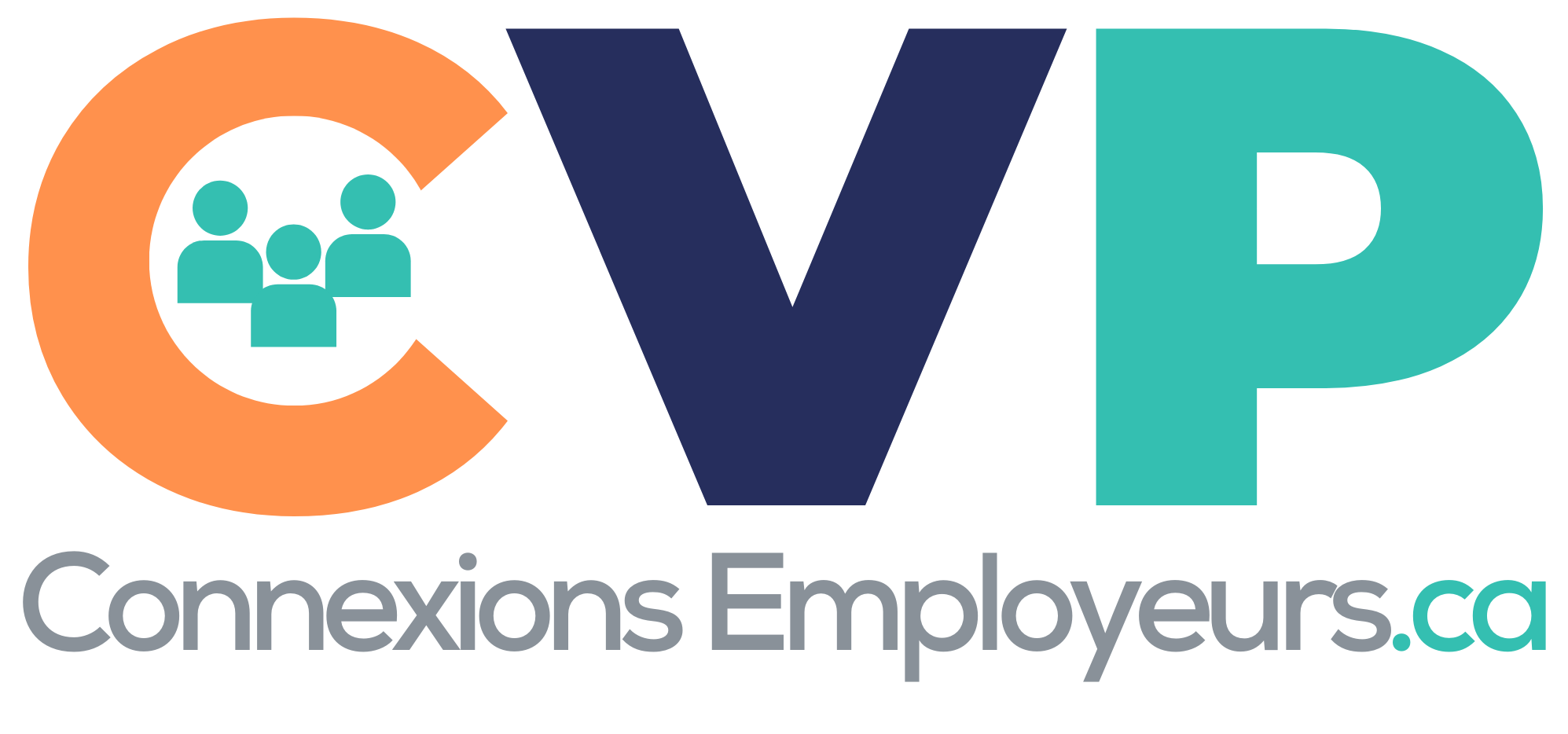Work skills must be central to Canadian immigration efforts

A skills-based approach to immigration and improving newcomer settlement will narrow the gap between workforce demands and labour supply.
The federal government recently announced a significant increase in immigration targets for the next three years – welcoming almost 1.5 million people between 2023-25. The plan aims to address continuing labour shortages and attract newcomers across Canada, including rural communities. It builds on Canada’s well-earned reputation as a nation of immigrants building cohesive communities and driving economic prosperity. This announcement places greater emphasis on the needed skills that will be essential for our economy into the future.
By putting more weight on skills as a lens for immigration, Canada can better match the economy’s demands with newcomer talent. The current immigration system falls short in this respect. Employers are scrambling for skilled labour, yet many newcomers are underemployed. It is estimated that highly educated newcomers lose out on up to $12.6 billion in wages a year due to underemployment – also called “brain waste.”
The latest figures from Statistics Canada reveal that nearly one-quarter of our 2021 population were, or had been, a landed immigrant or permanent resident. Meanwhile, more than four-fifths of our labour force growth stems from immigration. Newcomers account for more than 100 per cent of that growth in some provinces – especially in Atlantic Canada, where labour force growth from natural population increases has already declined or slowed considerably.
Pour lire la suite de l’article, cliquez ici.
Source: Policy Options, Pedro Barata, Steven Tobin, 13 décembre 2022

love it!